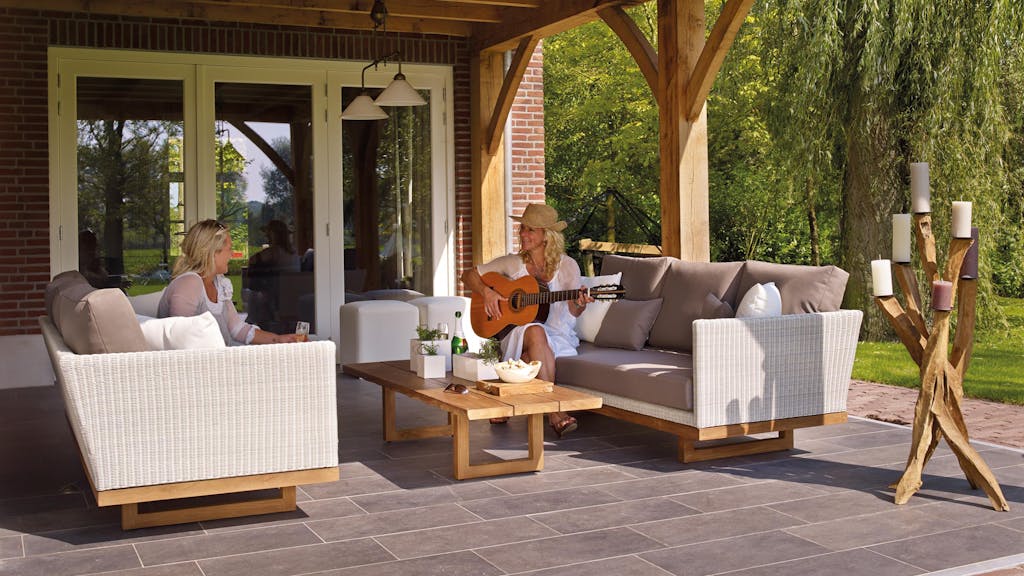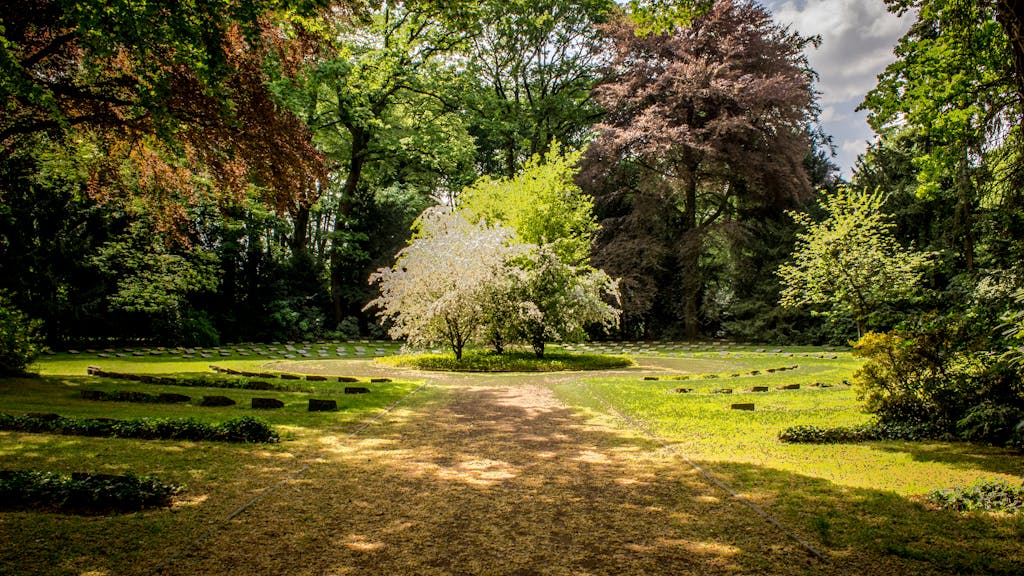For busy homeowners, maintaining a beautiful and functional yard can feel like a daunting task. Between work, family, and other responsibilities, spending hours on lawn care can be a challenge. However, with the right approach, it’s possible to have a stunning landscape that requires minimal upkeep. By choosing the right plants, materials, and features, you can create a low-maintenance garden that thrives year-round without demanding too much of your time.
Opt for Drought-Tolerant Plants
Drought-tolerant plants are an excellent choice for low-maintenance landscaping, especially if you’re looking to reduce water usage and the time spent on watering. These plants are built to withstand dry conditions and typically require little attention once established. Popular options include succulents, lavender, ornamental grasses, and native plants, which are adapted to your local climate. Grouping plants with similar water needs together can further minimize maintenance, ensuring that your garden remains healthy without constant care.
Use Mulch to Reduce Weeds
Weeding can be one of the most time-consuming aspects of garden maintenance. However, using mulch can help reduce the number of weeds that grow in your garden and make maintenance much easier. Mulch acts as a natural barrier, blocking sunlight from reaching weed seeds while retaining moisture in the soil. It also provides a tidy, finished look to garden beds and improves soil quality over time. Organic mulches like wood chips, bark, or straw not only help with weed control but also enrich the soil as they break down.
Install Artificial Grass
If you want a green lawn without the hassle of mowing, fertilizing, or watering, artificial grass can be an ideal solution. High-quality synthetic grass looks incredibly realistic and requires almost no upkeep beyond occasional cleaning. It’s perfect for homeowners who want a lush, green lawn year-round without dedicating time to traditional lawn care. Additionally, artificial grass doesn’t need pesticides or fertilizers, making it an eco-friendly option that saves both time and money in the long run.
Create Gravel or Stone Pathways
Gravel and stone pathways are a great way to add structure and visual interest to your landscape without the need for constant maintenance. These materials require minimal care—occasional raking or replenishing is usually sufficient to keep them looking fresh. Gravel pathways also offer great drainage, preventing water from pooling in low areas of your yard. Incorporating larger stones, flagstones, or pavers into your design can create an attractive, durable path while reducing the need for grass trimming along walkways.
Choose Low-Maintenance Lawn Alternatives
For homeowners who are tired of traditional lawns but still want a green space, low-maintenance alternatives such as groundcovers or native grasses can be an excellent option. Groundcovers like creeping thyme, clover, or moss create a dense, green carpet that requires little water or mowing. These alternatives thrive in various climates and conditions, reducing the overall effort needed to maintain your yard. Native grasses also require less attention and are well-suited to local weather patterns and soil types.
Install a Drip Irrigation System
Watering can become a time-consuming task, especially if you have a variety of plants in your garden. A drip irrigation system is a smart solution that ensures each plant gets the right amount of water without wasting resources. These systems deliver water directly to the roots, minimizing evaporation and runoff. Once installed, drip irrigation requires little attention, and some systems can even be automated, freeing you from the responsibility of regular watering.
Conclusion
Low-maintenance landscaping doesn’t mean sacrificing beauty or functionality. By choosing the right plants, materials, and features, busy homeowners can create a garden that is both attractive and easy to care for. From drought-tolerant plants and mulch to artificial grass and gravel pathways, there are many options that can reduce the time and effort required for yard upkeep. With these thoughtful strategies in place, you can enjoy a lush, beautiful outdoor space without the constant work that often comes with traditional gardening.




